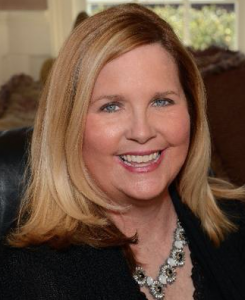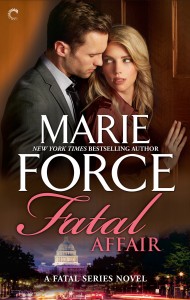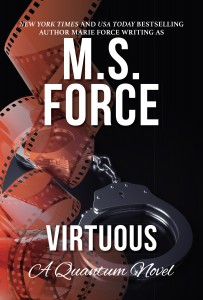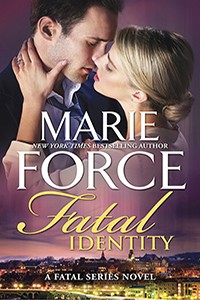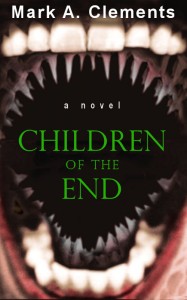Dear Editor…
I have ideas for board books for toddlers. But I don’t hear my writer friends talking about board book deals, just picture books. Can I sell a board book? They must come from somewhere!
Sincerely,
Lee
Dear Lee…
Writers do get contracts for original board books, but it’s very challenging to do so. Here’s why: Unlike picture books, which have hard front and back covers but thin paper pages in between, board books are printed on thick cardboard for rough handling by infants and toddlers up to age three. That’s expensive to produce. Couple that with their low price points and you get razor slim profit margins, which causes publishers to offer lower royalties and advances than those for picture books. It also makes them stingy about acquiring original board books. Board books are usually generated in-house, with editors creating the text or hiring writers in a work-for-hire arrangement (a set fee, one-time payment, no royalty). Board books not generated in-house are often revamps of strong-selling picture book properties or branded product/entertainment tie-ins. With all this in mind, I say go for it if you’ve got the ideas and can identify publishers who accept original board book submissions—but don’t put all your manuscripts in the board book basket. Diversify your publishing portfolio with picture book projects too, because those have broader submission opportunity and higher advances and royalty rates.
Happy writing!
The Editor
The Editor, Deborah Halverson, has been editing books for over 25 years and specializes in Middle Grade/Young Adult fiction and nonfiction, New Adult fiction, and picture books. For her editorial guidance in making your manuscript ready for submission to agents and publishers or for self-publishing, click Editorial services. Learn more in her books: Writing Young Adult Fiction for Dummies and Writing New Adult Fiction.
